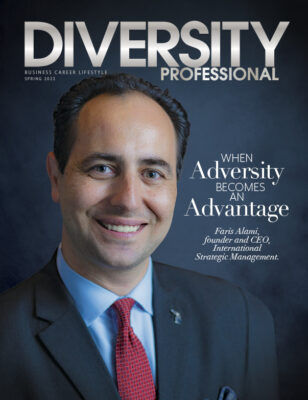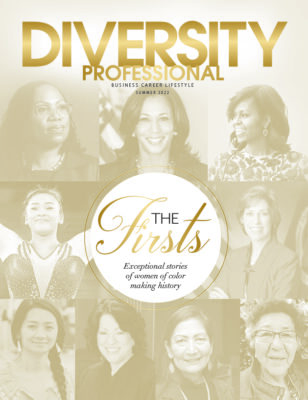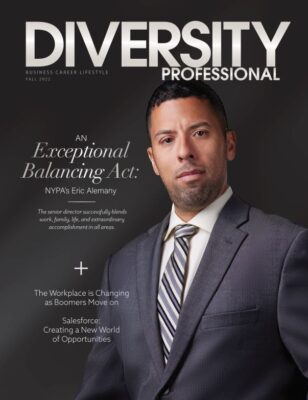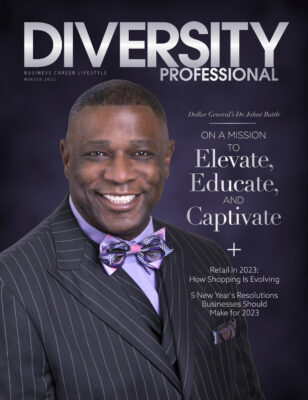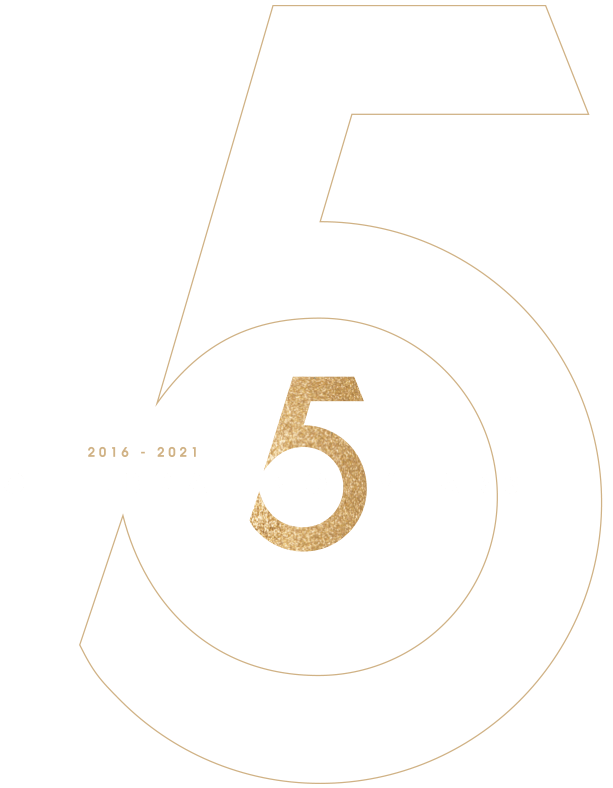Humanity, Belonging And Process
Without these, the sustainability of a corporation is questionable.
The standards of diversity and inclusion should be immersed into a business’ core values, not a basic program checkmark. Humanity and belonging are now measurements with value. If they are not fused into your business strategy, your organization will be fighting an uphill battle to gain the respect of future talent and leaders. Millennials and minorities are committing to your brand and choosing employment opportunities based on the visibility of your organization’s inclusion actions and acceptance of diversity beyond race.
Developing a diversity and inclusion strategy requires research and commitment. Taking a step back to really understand and analyze the data and employee feedback of your organization is vital. It’s the only way to develop an environment that your people can feel proud of and spread the word about being a part of a truly empathetic and collaborative environment.
However, to be truly sustainable and attractive to all flavors of talent, your program must be on the next level. Think about it. Most workdays are longer; colleagues get more time than family and most people want job security or to feel wanted by the team. Therefore, we need to frame diversity and inclusion efforts around humanity and belonging. According to a Gallup research poll (https://news.gallup.com/poll/241649/employee-engagement-rise.aspx), 34 percent of U.S. employees were engaged, along with 16.5 percent who were “actively disengaged”—a ratio of two engaged workers for every actively disengaged one. Is less than 50 percent engagement really a CEO’s goal?
Knowing that each person experiences work life differently and has a need to be a part of social groups, we should strive to provide the center referenced in Maslow’s hierarchy (https://www.simplypsychology.org/maslow.html)—a sense of belonging. According to Maslow, humans need to feel a sense of belonging and acceptance among their social groups, regardless of whether these groups are large or small. For example, some large social groups may include clubs, coworkers, religious groups, professional organizations and sports teams.
Being treated with respect and empathy, which supports humanity and belonging, is not distinctive of race, gender, religion, ethnicity, age, abilities or sexual orientation. Feeling like we belong is simply a humanity trait. If we can support workers striving to belong, then they are likely to be dedicated, motivated, loyal and more creative. Strategies implemented with this shift of focus can increase the organizational ratios of diversity of people and diversity of thought.
Diversity and inclusion standards vary. Organizations can be diverse (by the basic definition) and weak on inclusion efforts. Ask yourself, does your organization allow room for your talent to be true to themselves, honest, open and free of judgment? If not, then their work experience is like a relationship built on lies; eventually something is revealed that breaks trust, causing friction. This can lead to feeling left out or like they don’t belong.
Imagine walking on eggshells every day with the anxiety of hiding parts of yourself just to fit in. I came into advertising from the fashion industry and I used to constantly question if I would be judged for wearing Doc Martens, urban-style shoes versus a “proper heel” such as my Christian Louboutin pumps. As a business owner or organizational leader, imagine 75 percent of your employee population feeling this way. Can you truly state that this type of organization has the formula for sustainability?
Four best practices that I’ve tested and continue to evolve, help turn around the ratio and retention of minorities, including women in advertising. This approach is driven by the goal of fusing humanity and a sense of belonging into business culture.
• Identify Gaps in Your Processes
• Train and Develop Your Teams
• Set Targeted Initiatives and Goals
• Communicate Strategically and Effectively
Identify Your Gaps.
Analyze your company’s historic information by tracking a few years of pre-, during and post-processes to identify process gaps. Don’t be afraid to spend a few bucks on external experts. Many times, an outside resource can get team members to discuss delicate topics of concern and help you analyze sensitive employee issues including, gender equality, minority hiring and retention, opportunities for growth and development, future leadership, communication and transparency. After filling the gaps, don’t forget to spread the word and share best practices with similar organizations.
Training and Development.
Self-diagnosis, career plans and digital training centers are valuable resources that should be promoted for use and easily accessible. Having idle talent is like throwing money out the window; so provide those unicorns with learning platforms to occupy downtime by developing new talents or to enhance mediocre skills. Sessions can include planning, social behavior, using technology and communicating in tough situations. Make sure you provide a platform for your team’s voices to be heard; try surveys such as Edge and Employee Engagement, connectivity apps or a good old-fashioned suggestion box. One of the most valuable investments an organization can make is providing a safe environment for employees to share honest, unfiltered opinions.
Set Targeted Initiatives and Goals.
Initiatives are great, but goals tied to your initiatives are better. Organizations have been known to put actionable efforts in place and the hype is great; a campaign is launched, people are excited, hashtags are created, social media is pushed and then the results are non-existent.
Those are good, but weak efforts. I have supported or launched initiatives with accountability measurements and goals, such as Breaking Bias, Diversity and Creativity Partners and No Respect 4 Status Quo. Requiring mandatory unconscious bias training for all levels of employees, developing measurements and targets and communicating from the top-down, sends a specific message that employees will pay attention to. It sounds easy on paper and you may experience change the first few years. That’s when I suggest corporations implement the final strategic approach of linking measurements to performance evaluations.
Communicate Strategically and Effectively.
Employees want leadership to share, be transparent and provide information and feedback. The key to communication is listening, first. Listening is a constant effort that leads to transparency and happier, dedicated employees. I’ve learned that not only do I want my voice heard and appreciate a pat on the back, so does a talented team member. They want to know what’s happening internally—the good and the bad. Try activating communication strategies for training platforms, social platforms, global event participation, CEO videos or newsletters, town halls and individual performance reviews.
Positive results will depend on your organization following this three-pillar approach:
• Delivering on process change.
• Displaying actions of humanity and belonging continuously.
• Engaging leadership, including your dedicated diversity professional, in a strong, communication strategy.
Then your people will feel a part of change, believe in your brand and influence other talent to join and stay a while.

